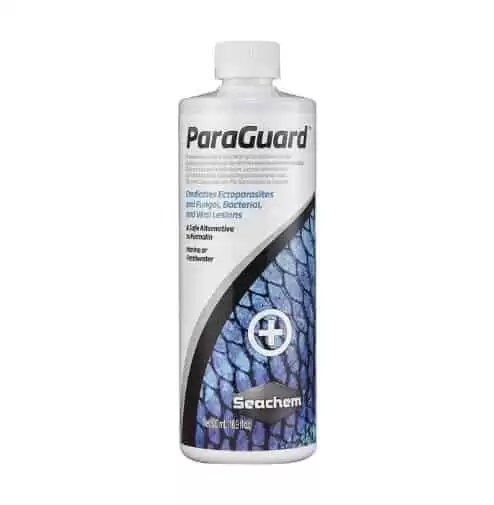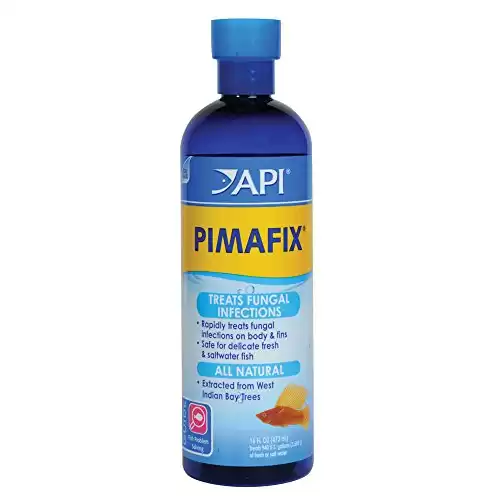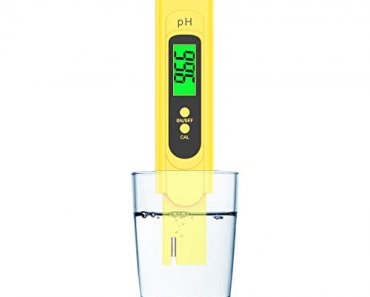If you want to get into keeping shrimp, you want to know how to keep them healthy and free from diseases.
Shrimp can be susceptible to attack by various bacteria and parasites. If your venture into shrimp keeping is to be successful, you’ll need to know how to recognize and treat those diseases quickly and effectively.
This guide focuses on the Vorticella shrimp parasite, its identification, treatment, and prevention.
What Is The Vorticella Parasite?
Vorticella is also known as the Bell Animalcule. There are over 200 species of this single-celled eukaryote, all of which belong to a genus of ciliates of the Vorticellidae family.
These tiny creatures begin their life cycle as freshwater, free-swimming telotroch. The Vorticella eventually puts out a stalk that it uses to attach itself to a plant, piece of the substrate, shrimp, etc. The parasites feed on microorganisms and bacteria rather than on their host.
Although Vorticella proliferates in large groups, they are single entities that can leave the cluster at any time.
Vorticella reproduces through mitosis, dividing transversely to create a copy of the original ciliate. To reproduce, Vorticella needs warm water of between 73.4°F and 95°F. Interestingly, the creature can cover itself with a thick, protective cystoma when conditions are adverse.
Does My Shrimp Have Vorticella?
Although Vorticella is not a fungus, it looks like one, presenting as a fuzzy, white growth on the shrimp’s mantle, antenna, and nose. Sometimes, Vorticella can be colorless or yellowish, depending on the species.
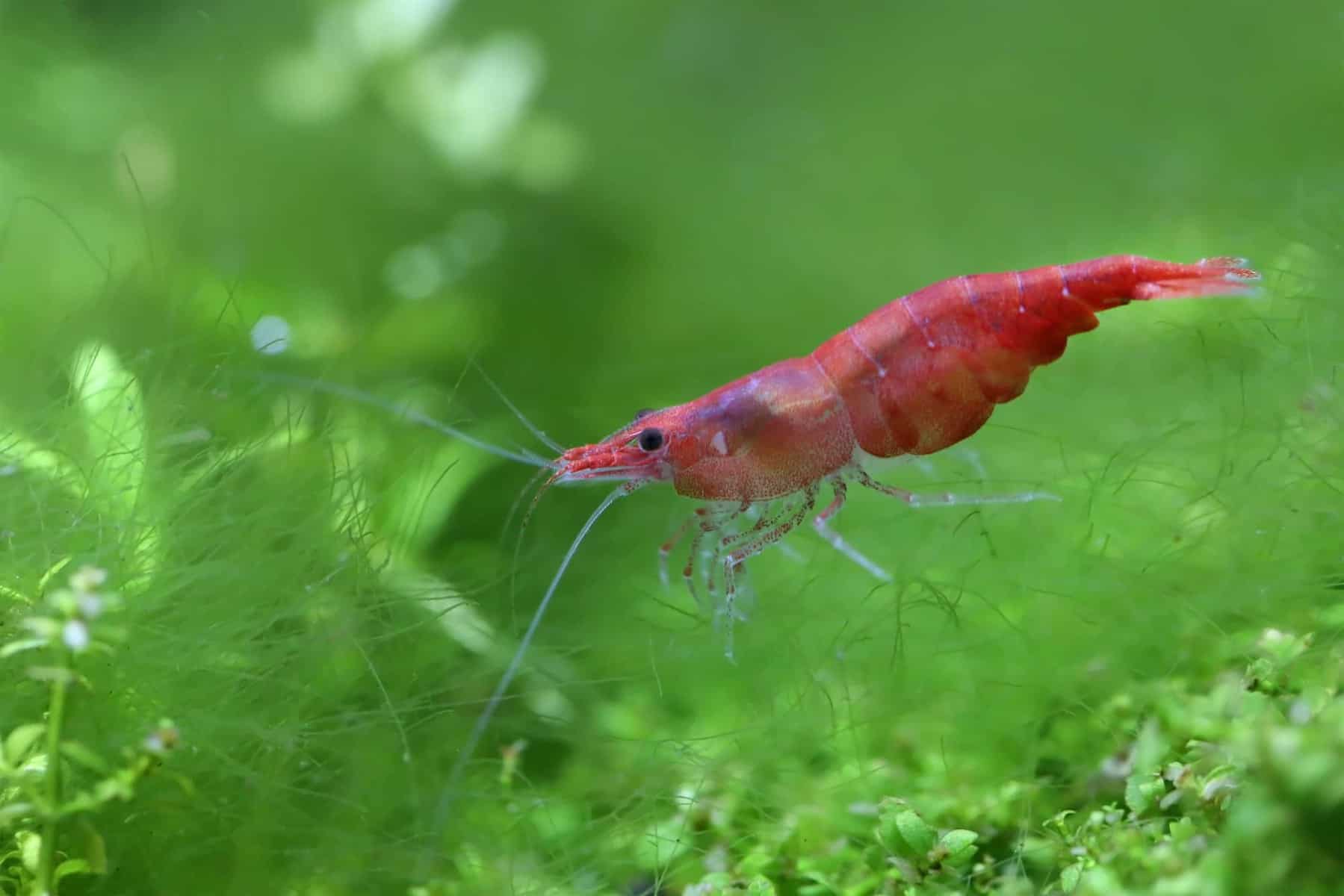
Infected shrimp will also usually display different swimming patterns from normal. For example, you might notice your shrimp swimming in circles or even upside down.
Your shrimp might also appear highly stressed and stop eating.
Does Vorticella Harm Shrimp?
Initially, Vorticella is pretty harmless to shrimp. The parasites extract the nutrition they need from their environment rather than from the host. However, if the parasite multiplies, it can get into the shrimp’s gills, eventually suffocating the unfortunate creature and killing it.
That said, when the shrimp are kept in overcrowded, stressful conditions, Vorticella can multiply out of control, ultimately affecting the shrimp’s mobility, molting, and ability to feed. Unfortunately, the parasite spreads readily, so you need to isolate any affected shrimp quickly.
We recommend that you quarantine any new shrimp to avoid accidentally importing Vorticella into your tank.
How Does Vorticella Get Into Your Shrimp Tank?
Vorticella can be imported into your tank on new shrimp or plants. That’s why you should quarantine anything new for at least two weeks before adding it to your main display tank.
Dirty water and accumulations of organic waste can encourage Vorticella to proliferate since the parasite feeds on bacteria that build up on decaying organic matter.
How Do I Get Rid Of Vorticella In My Aquarium?
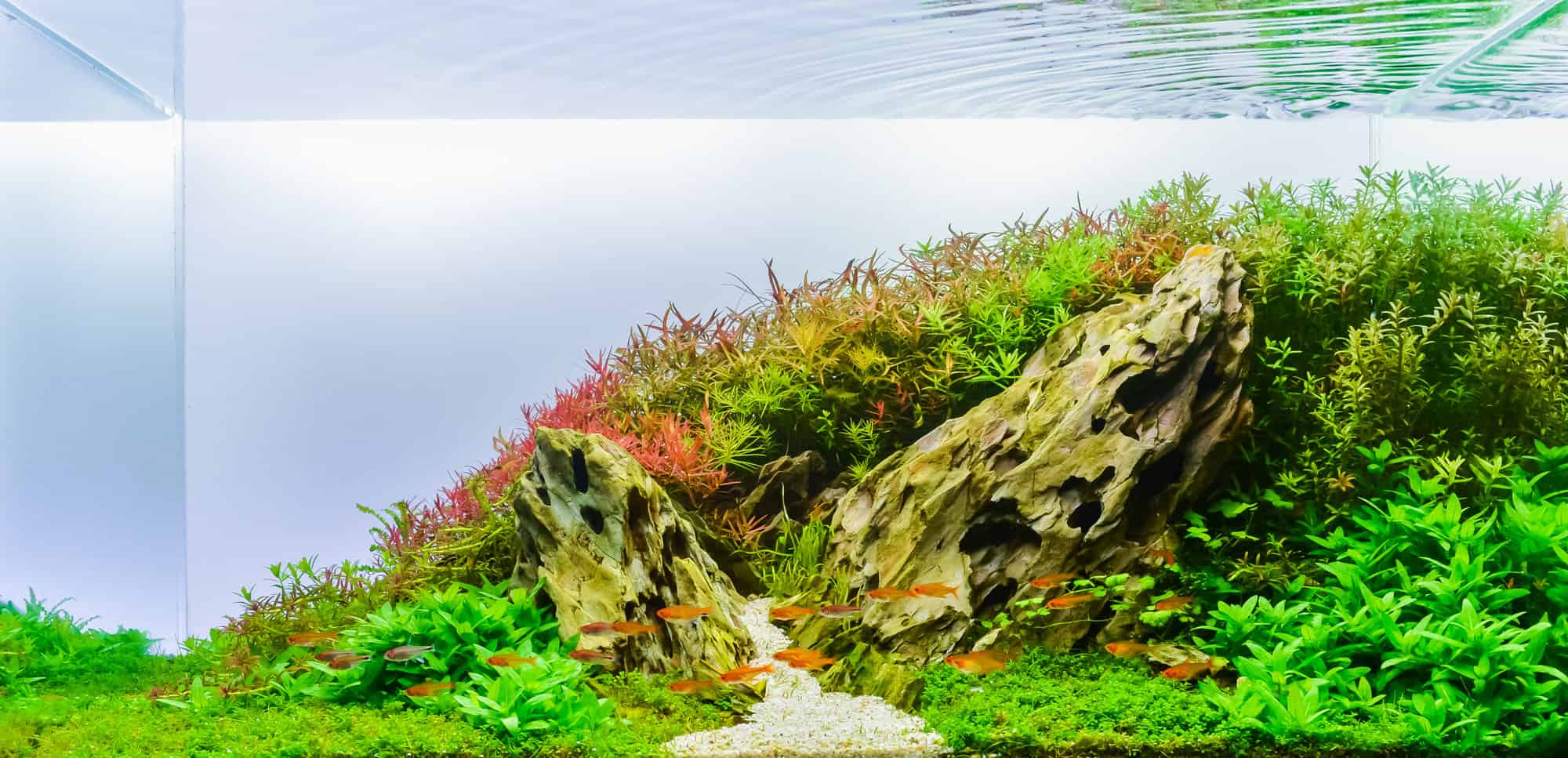
Although there are several standard home treatments for Vorticella, they are not always successful.
Research carried out by commercial fish farms has revealed some successful chemical treatments that will kill Vorticella without harming your shrimp or other livestock.
However, to be on the safe side, we recommend you move infected shrimp to a hospital tank for treatment.
Here are some effective chemical treatments that will rid your shrimp tank of Vorticella:
| Chemical used | Concentration (per liter) | Time taken for the death of ciliates Zoothamnium and Vorticella |
|---|---|---|
| KMnO4 | 1 ppm | 30 min |
| CuSO4 (Copper sulfate) | 50 ppm | 45 min |
| Formalin | 50 ppm | 15 min |
| Malachite green | 100 ppm | 15 min |
| Acriflavine | 100 ppm | 30 min |
| Methylene blue | 100 ppm | 6 h min |
| Flavone | 50 ppm | 10 min |
Courtesy of the Indian Journal of Marine Science. September 1999.
Since Methylene blue was found to be ineffective in the treatment of Vorticella, we do not recommend its use.
In addition, although copper sulfate is effective in killing Vorticella, it will also kill snails and shrimp if overdosed. For that reason, we don’t recommend its use.
Potassium Permanganate (HMnO4)
Potassium permanganate is a water-soluble, inorganic chemical compound commonly used to clean wounds and treat dermatitis in people and animals.
The compound is also used widely for water treatment and was once used for disinfecting drinking water.
- Use the prescribed dose of potassium salt. If the water turns pale purple or pink, your water quality is good, so you can reduce the dose slightly next time. Yellowish or brown water indicates poor water quality.
- After six hours, carry out a 10% water change.
- The following day, carry out a 10% water change.
- After 30 mins, the Vorticella should be gone.
The main downside of using this treatment is that it will kill snails and damage the beneficial bacteria in your biological filter media.
However, you can treat affected shrimp in a dip bath rather than treating the entire tank.
- Use the prescribed dose of potassium permanganate mixed with water in a cup.
- When the compound is completely dissolved, place the infected shrimp in the cup for 15 minutes.
- Remove the shrimp and return it to the main tank. The Vorticella should be gone.
If you decide to use Potassium permanganate to treat Vorticella in your shrimp tank, you must be prepared to oxygenate your setup immediately following treatment.
Accurate dosage is crucial, and you should take safety precautions to protect your skin from chemical burns that this compound can cause.
Formalin
Formalin works well when used against flukes and protozoa, especially when combined with Malachite Green. However, this chemical must be used with extreme caution as it can be highly dangerous for shrimp.
If you decide to use Formalin to treat Vorticella in your shrimp tank, we recommend using a 10 to 30-minute dip bath rather than treating the whole tank.
Use a low dose, to begin with, and closely monitor your shrimp for signs of distress. Remove the shrimp immediately if necessary.
Ensure that the chemical is correctly dispersed in the bath to prevent gill damage to the shrimp. You’ll also need to provide additional aeration since Formalin removes dissolved oxygen from the water.
Malachite Green
Malachite Green belongs to the triphenylmethane family and doesn’t contain copper. This chemical is a textile dye that works well as an antifungal and antiprotozoal medication.
However, some species of inverts and fish cannot tolerate Formalin or Malachite green, so the treatment should be used with caution.
There’s a range of aquarium treatments used by shrimp breeders that can be effective in fighting Vorticella and other parasites, including:
- Seachem Paraguard
- Eradicates ectoparasites and fungal, bacterial, and viral lesions
- Safer to dose than formaldehyde, formalin, and methanol
- Will not adversely effect bio-filter
We earn a commission if you make a purchase, at no additional cost to you.
When using any form of chemical treatment in your shrimp tank, always double-check that your livestock can tolerate the chemical concerned and follow the manufacturer’s directions carefully.
Acriflavine
Acriflavine is an antiseptic that’s used for treating mild fungal and bacterial skin infections.
This chemical has been found to be effective in treating fish, although it also works well for shrimp. When using Acriflavine, remove your filter cartridge or activated carbon and continue to aerate your shrimp tank.
Other Vorticella Treatment Options
If you don’t fancy the idea of using the above, aggressive chemical treatments in your tank, here are some proven, safer treatment options.
Aquarium Salt
Freshwater aquarium salt is the most popular and safest treatment method for dealing with Vorticella.
- Add 1 tablespoon of aquarium salt to a cup of water taken from your tank.
- Stir the water well so that the salt dissolves completely.
- Place infected shrimp in the cup for between 30 and 60 seconds.
- Put the shrimp back into your shrimp tank.
You can use aquarium salt to treat your whole tank, following the manufacturer’s directions regarding the correct dosage.
API PIMAFIX
- Rapidly and safely treats fungal infections on body and fins of fish
- Contains all-natural extract from West Indian Bay Trees to help with fungus and cottony growth
API PIMAFIX is proven to be completely safe for use with invertebrates, such as shrimp and snails.
This treatment won’t harm your biological filter, discolor the water, or change the pH. However, you will need to remove carbon from your filter system if you have it.
You can use PIMAFIX in both saltwater and freshwater tanks, and it won’t damage your plants or corals.
- Add 5 ml of PIMAFIX per 10 gallons of tank water.
- Treat your aquarium daily for 7 days.
- After 7 days of treatment, carry out a 25% water change.
This product is proven to be highly effective against Vorticella and is used by many shrimp breeders.
Tannic Acid or Tannin
Tannin or tannic acid is a natural substance that exists in many wild blackwater habitats. The term refers to any compound that generates polyhydric phenol.
Tannin has antibacterial properties and will kill attached pathogens such as Vorticella. That’s because the polyhydric phenol group’s free radicals react with protozoa, destroying the cell wall or binding to a protein that causes the cell to contract.
The main source of tannin for fish and shrimp keepers is Indian Almond leaves. Indian Almond leaves contain a very high concentration of tannins, which is effective against Vorticella parasites but doesn’t adversely affect the shrimp.
You can buy bottled liquid tannin that you add directly to your aquarium. However, it’s important to follow the product dosage directions closely.
Alternatively, you could simply add five or six leaves per 2 to 3 gallons of water directly to your aquarium. The following day, the aquarium water will turn the color of weak tea, which is quite normal, and you should see the Vorticella begin to vanish pretty quickly.
Interestingly, using Indian Almond leaves in your tank can prevent Vorticella from bothering your shrimp, as well as offer health benefits to your livestock.
Iodinol
Iodinol contains potassium iodide, iodine, polyvinyl alcohol, and water. This product triggers molting in the shrimp, removing the Vorticella without negatively affecting the shrimp.
This is a monthly treatment that you use for the whole tank. Following treatment with Iodinol, you’ll need to carry out partial water changes of 20 to 30% twice a week.
How To Prevent Vorticella
Of course, prevention is much better than cure when it comes to any species of aquarium bacteria or parasites.
The most effective way of keeping Vorticella out of your tank is to improve and maintain the water quality.
That reduces nutrients that bacteria or parasites need to multiply and thrive, as well as thinning out the density of the parasites. You should also increase the frequency of your water changes.
You must quarantine everything for at least two weeks before adding the newbies to your main tank when you buy any new shrimp or plants or import any substrate or decorations from another setup.
It’s also worth treating the quarantine tank with freshwater aquarium salt as directed above. That should kill off any Vorticella parasites before they have a chance to infect your livestock.
FAQs
In this part of our guide to treating Vorticella shrimp parasites, we answer a few of the most commonly asked questions about shrimp infections.
Q: Do Freshwater Shrimp Get Parasites?
A: Yes, unfortunately, shrimp can get parasites. In fact, parasites on freshwater aquarium shrimp have become increasingly common. Shrimp parasites are usually found on the creature’s appendages and outer carapace.
Q: Can Shrimp Get Bacterial Infections?
A: Yes, shrimp can suffer from bacterial infections.
Vibrios are a common type of bacteria that are prevalent in shrimp. Many Vibrio bacteria don’t harm shrimp and are found in healthy animals. However, some Vibrios can cause disease outbreaks under certain conditions.
Q: Can Salt Cure Fungus in Fish?
A: Salt can be used to treat mild cases of fungal and bacterial infections in fish. Salt gently irritates the fish’s slime coat, triggering the production of beneficial mucus that prevents microorganisms and parasites from reaching the fish’s body.
Final Thoughts
Did you enjoy our guide to Vorticella shrimp parasites and how to treat them? If you did, please share the article with other shrimp enthusiasts!
Vorticella is a fairly common protozoan parasite that can attack all freshwater shrimp species. If the parasite proliferates in sufficient numbers, the shrimp’s gills can become overwhelmed, and the shrimp will suffocate and die.
There are several proven chemical treatments that can be highly effective in the treatment and eradication of Vorticella. However, if you don’t like the idea of using chemicals in your tank, you could use freshwater aquarium salt, or Indian Almond leaves to treat the problem instead.
Did you discover Vorticella in your shrimp tank? Tell us how you dealt with the problem in the comments box below.

